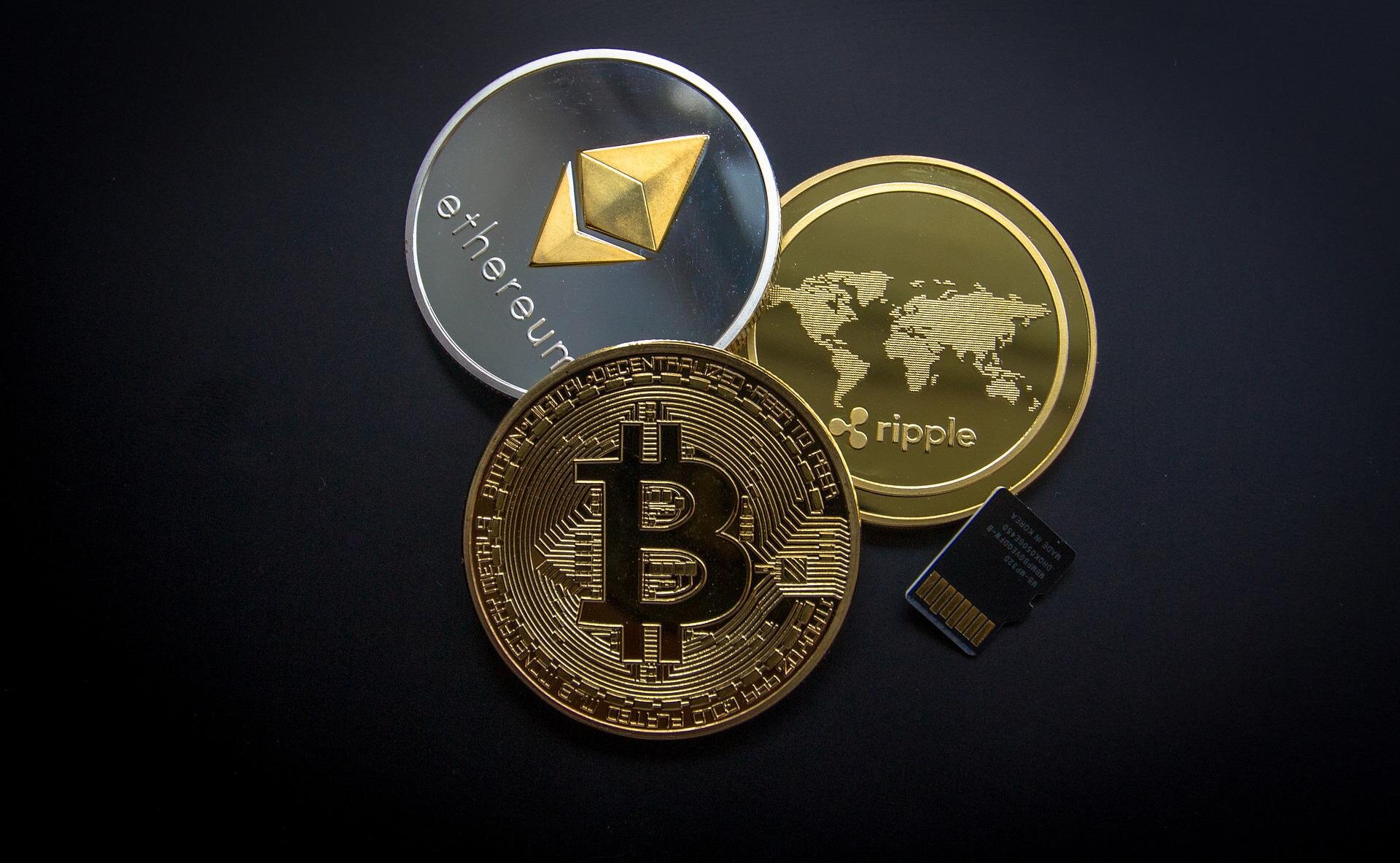Singapore's excellent standing as a financial hub is predicated on the rule of law and built upon transparency and regulatory diligence. However, pressing issues have emerged in the crypto arena that demand deeper study for solutions.

Singapore's status as a financial hub is underpinned by the rule of law, transparency and regulatory diligence. However, new challenges have emerged in the crypto arena.
This is an area of interest for Singapore Management University Assistant Professor of Law Rachel Phang, who realized during her time in private practice that disruptive technological innovation was making financial regulation more difficult.
After moving to academia to conduct research on such topics, Professor Phang authored two well-regarded research papers on regulatory developments surrounding stablecoins in 2023, the second of which won an award at a prestigious industry event. Stablecoins are a type of cryptoasset that could potentially serve as a practical medium of exchange, as they are designed to maintain a stable value.
The first paper, titled "Singapore's Emerging Regulatory Approach to Stablecoins," critically analyzed the Monetary Authority of Singapore's (MAS) stablecoin regulatory framework, which was finalized in August 2023. The paper presents Singapore as "an especially interesting case study because of the vibrancy of its digital asset landscape, its position as a global financial center and the regulator's relatively dynamic approach."
Un-stablecoins?
The first stablecoins appear to have emerged in 2014, as the world sought a more stable means of payment compared to the extreme price swings of other cryptocurrencies, the paper notes.
However, the term "stablecoins" can be misleading, as many have pointed out, since they may be neither "stable" nor "coins." Even though they are largely defined as cryptoassets "designed to maintain a stable value relative to another asset… or a basket of assets."
Depending on how a stablecoin is designed, it may be backed by collateral such as currencies, commodities or other cryptoassets. Other stablecoins may not be backed by any collateral, but may rely on algorithms to adjust their supply, and thereby stabilize their price.
Hence, the label "stablecoins" can be apt to mislead, Assistant Professor Phang tells the Office of Research. Many of them, particularly algorithmic stablecoins, may not involve robust stabilization mechanisms. The shock collapse of the algorithmic stablecoin TerraUSD, for example, contributed to the "crypto winter" of 2022 that saw prices of leading cryptocurrencies like Bitcoin and Ethereum fall by more than 55 percent each.
How, then, can regulation enable stablecoins to realize their promise of value stability, as well as address other pressing regulatory concerns? The key concerns of money laundering and terrorism financing remain, since stablecoins, like many cryptoassets, are often pseudonymous. Other concerns abound as well, such as user protection, market integrity risks, issuer solvency and value stability.
To address some of these concerns, MAS has since confirmed that it intends to introduce a new category of MAS-regulated stablecoins under its latest framework, Professor Phang says, and is working on required legislative amendments that it will consult on in the future.
The Singapore authority, she adds, has generally "been a very progressive regulator" that is conscious about running alongside innovation, not ahead of it.
As Professor Phang notes in her paper, Singapore's case study highlights the merits and issues of an approach that "(a) places the majority of stablecoins (i.e., algorithmic stablecoins and most asset-linked stablecoins) in the same category as other cryptoassets, not designed to maintain a stable value; and (b) introduces a new regulatory category and bespoke regulatory treatment only for single-currency stablecoins that fulfill specific criteria."
The approach of MAS, she adds, also shows how certain policy tools may be used in regulating stablecoins. These include entry regulation, as well as anti-money laundering/countering the financing of terrorism, reserve asset, timely redemption, disclosure and solvency requirements.
Tale of three cities
In the other award-winning research paper—a natural follow-up to the first one—Professor Phang analyses and compares incipient stablecoin regulatory frameworks between Singapore, New York and London that she describes as "trailblazing."
"Stablecoin Regulatory Frameworks in Global Fintech Hubs: Perspectives from New York, London, and Singapore" was one of four winning papers at the leading industry event DC FinTech Week, which was held in Washington DC, U.S., in November
The above is the detailed content of SMU Assistant Professor of Law Rachel Phang Dives Deep into the Murky Waters of Cryptocurrency Regulation. For more information, please follow other related articles on the PHP Chinese website!
 javac is not recognized as an internal or external command or an operable program. How to solve the problem?
javac is not recognized as an internal or external command or an operable program. How to solve the problem? Eou web3 wallet tutorial
Eou web3 wallet tutorial matlab colormap function usage
matlab colormap function usage The meaning of title in HTML
The meaning of title in HTML How to flash Xiaomi phone
How to flash Xiaomi phone mysqlforgot password
mysqlforgot password How to solve 400badrequest
How to solve 400badrequest Windows 10 startup password setting tutorial
Windows 10 startup password setting tutorial



